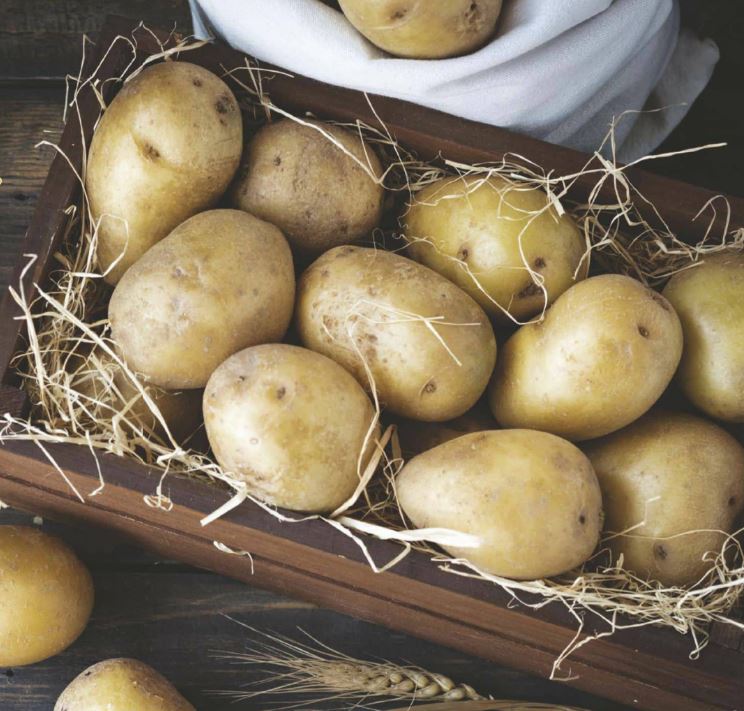STORING YOUR Harvest

Root cellaring is the simplest form of food preservation. Storing produce in a root cellar can be a good deal if you have the right kind of vegetables and fruits and a humid, cold location. Root cellaring, also called cold storage, cool storage and underground storage, takes advantage of the natural coldness of late fall and winter and the insulating coolness below the ground to keep your harvest fresh for a couple of weeks or an entire winter.
Root cellaring is incredibly easy, but it isn’t foolproof. That is because the low temperatures aren’t powered by electricity, so they’ll vary, as will the shelf life of your produce. As a result, you’ll have to check the food regularly, adjusting the temperature and humidity, and remove any fruits and vegetables that are starting to spoil.
Store only top-quality produce without blemishes, bad spots or wounds. Any weakness can invite decay or disease, which can spread to other fruits and vegetables. And only store produce suited for long-term cold storage. Good choices for root cellaring are apples, cabbages, pears, firm cool-season root crops and hard-shelled squash — the crops that seem to last forever if forgotten in the back of the refrigerator. (See “Storage Guide” on page 50 for a list of the best crops to store.)
Handle produce destined for storage with great care during and after harvesting to avoid bruises and damage. Don’t wash the fruits and vegetables, even if they are dirty. Instead, just rub the soil off with a soft cloth or glove or rinse it off gently under running water. Then let the water evaporate before storing. And if you harvest on a warm autumn day, let the food chill in the refrigerator before you put it into storage. Otherwise, it’ll take a long time to cool down and could spoil in the process.
Denne historien er fra September - October 2023-utgaven av Hobby Farms.
Start din 7-dagers gratis prøveperiode på Magzter GOLD for å få tilgang til tusenvis av utvalgte premiumhistorier og 9500+ magasiner og aviser.
Allerede abonnent ? Logg på
Denne historien er fra September - October 2023-utgaven av Hobby Farms.
Start din 7-dagers gratis prøveperiode på Magzter GOLD for å få tilgang til tusenvis av utvalgte premiumhistorier og 9500+ magasiner og aviser.
Allerede abonnent? Logg på

Much Ado about MULCHING
MULCHING IS ESSENTIAL TO A SUCCESSFUL GARDEN.

THE ULTIMATE SMALL-FARM HOG Guide
RAISING PIGS CAN BE A TASTY, AFFORDABLE SMALL-FARM ADDITION.

PERENNIAL Perks
PERENNIALS PLANTS CAN PRODUCE AND PRODUCE IF YOU PUT IN THE WORK UPFRONT.

THE breeds YOU NEED
SOME LIVESTOCK DO BEST ON SMALL HOBBY FARMS.

THE Ultimate SMALL-FARM RUMINANT
SHEEP ARE EASY TO MANAGE AND EFFECTIVE FORAGERS.

DAIRY STAPLES
MAKE THESE DAIRY PRODUCTS FROM NONHOMOGENIZED MILK.

raise STRONGER CHICKENS
Look around your kitchen, and you'll likely find some natural poultry supplements.

FLERD is the Word
EXPLORE THE BENEFITS & BARRIERS OF MULTISPECIES PASTURING.

Avant Gourd
GROWING LUFFA GOURDS PAYS OFF IN GARDENS AND AT MARKET.

RIPE with CULTURE
MAKE DELICIOUS, REFRESHING BREADS, MARINADES & MORE.
